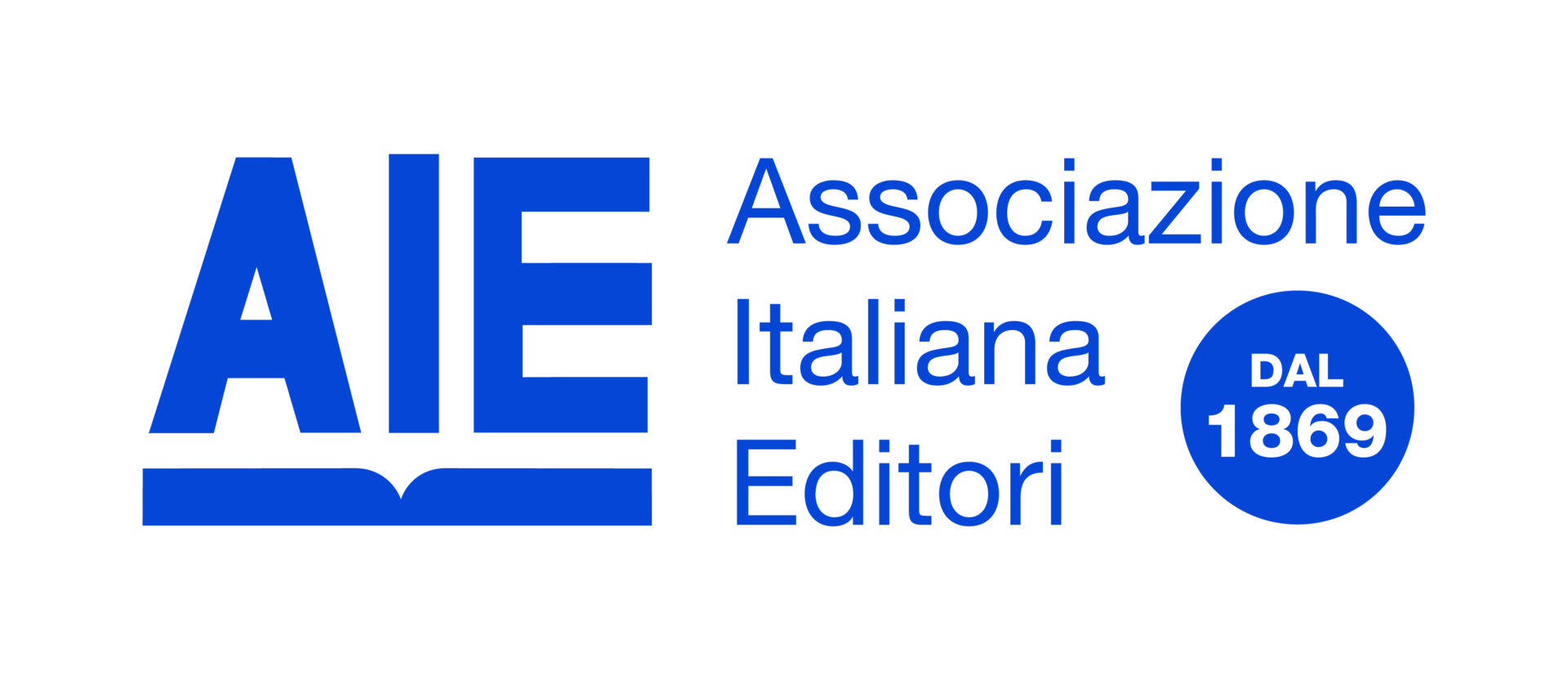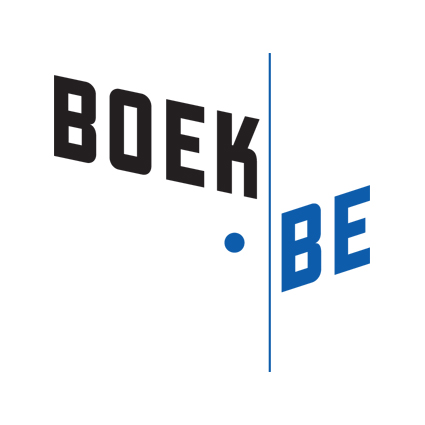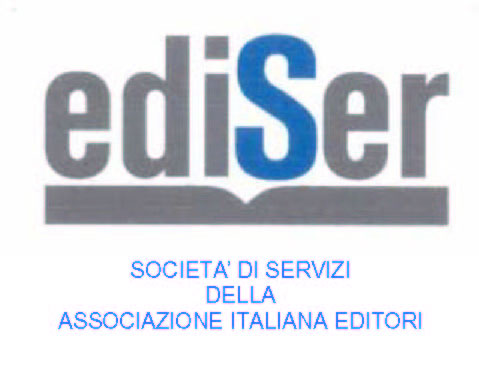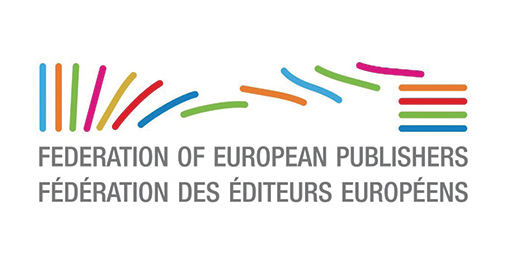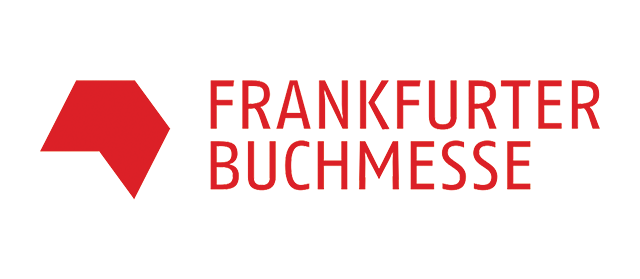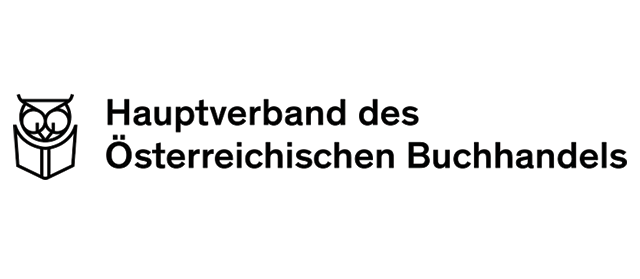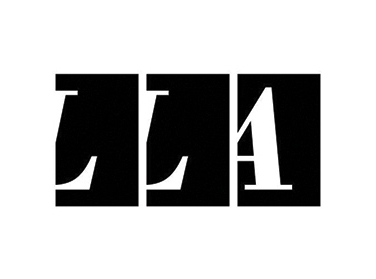E-lending, namely library lending of electronic books, is widespread especially among the high-income and highly educated groups of the population, and has a considerably negative impact on the purchasing not only of e-books, but of printed books in particular.
These are the main results of a survey commissioned by the Federation of European Publishers (FEP) from GFK about the Swedish, French and Italian market, along the lines of a similar survey already conducted in Germany, and presented by Enrico Turrin during Bologna Book Plus, as part of a programme of events by Aldus Up, the European book fairs network co-financed by the EU Creative Europe programme.
“It’s important to study the effects of e-lending on the book market – commented Ricardo Franco Levi, chairman of the Italian Publishers Association (AIE) and vice-chairman of FEP – to understand the sustainability of the models in the field”.
The survey, Turrin explained, explores a way of using a growing number of cultural products and one that asks important questions regarding the balance between different needs, such as copyright protection and the maximum possible diffusion of published content to guarantee people’s right to information and education. Then there are the figures: taking 100 people in each nation as library users, in Sweden 60% of these borrow only printed books or CDs, 19.2% only e-books and digital audio books, 20.9% both printed books or CDs as well as e-books and audio books. In the case of Italy, users of physical media (printed books and CDs) rise to 72.7%, 15.6% for only digital, 11.7% for both. In Francia, lastly, 76.9% borrows only physical media, 11.2% only digital, 11.9% both media. Particularly in Sweden, a country where e-book lending is much more widespread, digital lending has a very high user share.
But who are these users? If we compare average income and education of the population with that of e-lending users, those who borrow books and audio books in digital format are on average more educated and better off. A figure, Turrin explained, that clashes with the idea that libraries are mainly for encouraging reading among groups of the population that would not otherwise have access to books. In Sweden, for example, 32% of the population has an income of over 4,000 euro and 37% of e-lending users. In France, 14% against 15%, in Italy 8% against 9%. If half of the Italian population has an income of below 2,000 euro, for e-lending users the percentage drops to 46%. Similar data is found on education levels.
If instead we look at the levels of satisfaction for the service, Italian users are the happiest, with 86% having a positive opinion of the service for the selection of titles and 83% for catalogue updates. For the French, the corresponding figures are 81% and 79%, for the Swedish, 74% and 72%. This is probably due to the fact that the Italian system – being based entirely on the free market and publishers’ direct licences – shows more ability to adapt to user needs, which suggests that it is better to stimulate these innovative dynamics instead of imposing restrictions by way of copyright.
A separate inquiry, lastly, poses the question of the risk of market cannibalization due to e-lending. If we ask who uses this way of reading books how it has influenced the purchase of printed books and CDs on the one hand, and digital books or audio books on the other, the results show that in the case of Sweden, 45% of users no longer buy or buy fewer physical books than before, while 30% does no longer buy or buys fewer digital books than before. Corresponding percentages for France are 36% (physical books) and 20% (digital books), for Italy 37% and 18%, for Germany (45% and 46%). The fact should be underlined that in Sweden 16% of respondents has never bought e-books (In France only 13%, in Italy 3%), a figure which, as Turrin explains, “we think is partially due to the presence of lending services since the dawn of digital”.
Apart from in Germany, the percentage of those who buy fewer physical books due to e-lending is even higher than the corresponding percentage for e-books and digital audiobooks, which leads to the idea that the replacement effect that did not occur with the arrival of e-books and devices like Kindle on the market could instead take place with the spread of e-lending.
 By
By 



